
We humans do not own this planet alone. We share it with all the other animals. Just as we affect other animals, they affect us, although not to the same extent. To remind us that we are not the biggest and the best, we want to list the most dangerous animals in the world.
One can go about making a list of the world's most dangerous animals in many ways. One could for example rank animals according to how poisonous they are. One could also include pets - in the United States alone, around 20 people are killed each year by cows[1] and 20 to 40 people die from dog attacks[2]. Worldwide, tens of thousands die from rabies each year after getting bitten by dogs.[3] One could also claim that man is world's most dangerous animal, since we alone are responsible for the extermination of several animal species. In addition, over 400,000 people are murdered each year.[30]
In this article we have chosen to list the wild animals that kill the most humans every year. To make the list more interesting, we have not included roundworms and flatworms (eg, tapeworms) - parasites that can live inside humans for years and cause many different diseases. Every year, around 200,000 people die from snail fever caused by flatworms released in water by freshwater snails.[14]
It's impossible to know exactly how many people die each year from wild animals. Most often there are no official statistics, and many deaths occur in underdeveloped countries where reports of animal attacks don't always reach the authorities. In our list of the most dangerous animals in the world, we have ranked the animals according to the number of human deaths we estimate they cause each year, based on various sources.
As a comparison, it might be interesting to know that around 24,000 people are killed each year by lightning strikes[4], and around 1.3 million die in road accidents[29]. With that said, here are the top 10 most dangerous animals in the world!
One can go about making a list of the world's most dangerous animals in many ways. One could for example rank animals according to how poisonous they are. One could also include pets - in the United States alone, around 20 people are killed each year by cows[1] and 20 to 40 people die from dog attacks[2]. Worldwide, tens of thousands die from rabies each year after getting bitten by dogs.[3] One could also claim that man is world's most dangerous animal, since we alone are responsible for the extermination of several animal species. In addition, over 400,000 people are murdered each year.[30]
In this article we have chosen to list the wild animals that kill the most humans every year. To make the list more interesting, we have not included roundworms and flatworms (eg, tapeworms) - parasites that can live inside humans for years and cause many different diseases. Every year, around 200,000 people die from snail fever caused by flatworms released in water by freshwater snails.[14]
It's impossible to know exactly how many people die each year from wild animals. Most often there are no official statistics, and many deaths occur in underdeveloped countries where reports of animal attacks don't always reach the authorities. In our list of the most dangerous animals in the world, we have ranked the animals according to the number of human deaths we estimate they cause each year, based on various sources.
As a comparison, it might be interesting to know that around 24,000 people are killed each year by lightning strikes[4], and around 1.3 million die in road accidents[29]. With that said, here are the top 10 most dangerous animals in the world!
10. Jellyfish
Deaths each year: 50 - 100
Stinging jellyfish are found in all of Earth's oceans, and around 150 million people are estimated to get stung each year.[5] When stinging jellies sting, they shoot thousands of little poisonous darts (stinging cells) into its victim, who often experience a very uncomfortable pain. A few jellyfish species are so poisonous they can cause anaphylaxis that in some cases can lead to death by cardiac arrest.
The photo shows the most dangerous and deadliest of all jellyfish, the box jellyfish, which mainly lives in the Indian and Pacific Oceans. Box jellyfish are hard to see in the water, and they differentiate themselves from other jellyfish by actually hunting their prey instead of just drifting around in the water. They do not hunt humans, but this doesn't stop snorkeling tourists from getting in the way of their burning tentacles by mistake. In the Phillipines alone, between 20 and 40 people are estimated to die each year after being stung by box jellyfish.[5]
There are no studies on the number of humans deaths by jellyfish around the world, but many less credible sources on the internet report between 50 and 100 deaths, which, given the number of Philippine deaths, should be probable. This makes the jellyfish the most dangerous aquatic animal in the world.
Stinging jellyfish are found in all of Earth's oceans, and around 150 million people are estimated to get stung each year.[5] When stinging jellies sting, they shoot thousands of little poisonous darts (stinging cells) into its victim, who often experience a very uncomfortable pain. A few jellyfish species are so poisonous they can cause anaphylaxis that in some cases can lead to death by cardiac arrest.
The photo shows the most dangerous and deadliest of all jellyfish, the box jellyfish, which mainly lives in the Indian and Pacific Oceans. Box jellyfish are hard to see in the water, and they differentiate themselves from other jellyfish by actually hunting their prey instead of just drifting around in the water. They do not hunt humans, but this doesn't stop snorkeling tourists from getting in the way of their burning tentacles by mistake. In the Phillipines alone, between 20 and 40 people are estimated to die each year after being stung by box jellyfish.[5]
There are no studies on the number of humans deaths by jellyfish around the world, but many less credible sources on the internet report between 50 and 100 deaths, which, given the number of Philippine deaths, should be probable. This makes the jellyfish the most dangerous aquatic animal in the world.
9. Tiger
Deaths each year: 50 - 250
The tiger lives in Asia and is most likely the feline responsible for killing the most humans throughout history. Tiger attacks became especially frequent in areas where large tiger populations had to battle an increasing human population, and in India alone at least 373,000 humans were killed by tigers between 1800 and 2009.[6] There are less than 4,000 tigers left in the world today[7], so confrontations with humans have decreased drastically.
Despite the decreasing number of deaths, tigers are still a danger to many villagers. The majority of all deaths occur in the large river delta and world heritage site Sundarbans in India and Bangladesh. Here, the Bengal tiger (photo) has become more and more displaced by humans, and the deaths are mostly due to territorial disputes and lack of prey. An estimated 50 to 170 people die here each year from tiger attacks,[8][9] but no one knows for sure.
Consequently, no ones knows how many people die worldwide, but knowing the estimated number of deaths in Sundarbans and the tiger's limited distribution, we can safely estimate that tigers kill at least 50 to 250 people each year worldwide. It is very possible that tigers kill more humans each year than lions do.
The tiger lives in Asia and is most likely the feline responsible for killing the most humans throughout history. Tiger attacks became especially frequent in areas where large tiger populations had to battle an increasing human population, and in India alone at least 373,000 humans were killed by tigers between 1800 and 2009.[6] There are less than 4,000 tigers left in the world today[7], so confrontations with humans have decreased drastically.
Despite the decreasing number of deaths, tigers are still a danger to many villagers. The majority of all deaths occur in the large river delta and world heritage site Sundarbans in India and Bangladesh. Here, the Bengal tiger (photo) has become more and more displaced by humans, and the deaths are mostly due to territorial disputes and lack of prey. An estimated 50 to 170 people die here each year from tiger attacks,[8][9] but no one knows for sure.
Consequently, no ones knows how many people die worldwide, but knowing the estimated number of deaths in Sundarbans and the tiger's limited distribution, we can safely estimate that tigers kill at least 50 to 250 people each year worldwide. It is very possible that tigers kill more humans each year than lions do.
8. Lion
Deaths each year: 50 - 250
Lions live in Africa and India and are predators with many large mammals on their menu. They sometimes attack humans, and there are many true stories of man-eating lions terrorizing villagers and rail workers. However, most lions that attack humans are believed to be either starved, old or sick. The main reason for lions attacking humans is thought to be a lack of prey in areas dominated by humans. Toothache is also believed to make lions choose tender humans over chewy antelopes.
The country most affected by lion attacks is Tanzania, where at least 563 people were killed by lions between 1990 and 2004 (on average 22 people a year), and the problem worsened in the 21st century.[10]
There are no studies on the number of people killed each year throughout the world, but some sources state that it may be more than 250, which could be true considering that lions live in many countries other than Tanzania. To be on the safe side, we estimate the number of deaths to 50 - 250 per year.
Lions live in Africa and India and are predators with many large mammals on their menu. They sometimes attack humans, and there are many true stories of man-eating lions terrorizing villagers and rail workers. However, most lions that attack humans are believed to be either starved, old or sick. The main reason for lions attacking humans is thought to be a lack of prey in areas dominated by humans. Toothache is also believed to make lions choose tender humans over chewy antelopes.
The country most affected by lion attacks is Tanzania, where at least 563 people were killed by lions between 1990 and 2004 (on average 22 people a year), and the problem worsened in the 21st century.[10]
There are no studies on the number of people killed each year throughout the world, but some sources state that it may be more than 250, which could be true considering that lions live in many countries other than Tanzania. To be on the safe side, we estimate the number of deaths to 50 - 250 per year.
7. Hippopotamus
Deaths each year: 100 - 500
Hippos live in the southern half of Africa and are by nature very aggressive. They can attack anyone who intrudes on their territory (usually crocodiles) and they are especially dangerous if they have calves. Hippos also attack humans, both in boats and on land, and they can do so without being provoked.
The hippopotamus is the most dangerous animal that solely lives in Africa, but the exact number of people killed by it each year is hard to know, since many who come in contact with hippos live far from civilization. Many sources on the internet state that up to 500 people a year are killed by hippos.[12][13]
Hippos live in the southern half of Africa and are by nature very aggressive. They can attack anyone who intrudes on their territory (usually crocodiles) and they are especially dangerous if they have calves. Hippos also attack humans, both in boats and on land, and they can do so without being provoked.
The hippopotamus is the most dangerous animal that solely lives in Africa, but the exact number of people killed by it each year is hard to know, since many who come in contact with hippos live far from civilization. Many sources on the internet state that up to 500 people a year are killed by hippos.[12][13]
6. Elephant
Deaths each year: 200 - 600
Elephants are known for their bad temper and for attacking without warning. They can sometimes act, what could almost be described as, vengefully. There are many examples of elephants suddenly killing animal keepers they've had for decades. Elephants are vegetarians and don't need to hunt for food, but attacks on humans have nevertheless increased in latter years, probably due to elephants being pushed into smaller and smaller habitats.
In India, villages are regularly attacked by aggressive male elephants. WWF estimates that 100 Indians are killed by elephants every year.[18] In the Indian state of Jharkhand alone, 300 humans were killed between 2000 and 2004.[17] In Sri Lanka, about 50 people are killed each year.[17]
Based on the figures above and the elephant's distribution, we estimate that elephants kill 200 to 600 people each year, which possible makes the elephant the deadliest mammal in the world.
Elephants are known for their bad temper and for attacking without warning. They can sometimes act, what could almost be described as, vengefully. There are many examples of elephants suddenly killing animal keepers they've had for decades. Elephants are vegetarians and don't need to hunt for food, but attacks on humans have nevertheless increased in latter years, probably due to elephants being pushed into smaller and smaller habitats.
In India, villages are regularly attacked by aggressive male elephants. WWF estimates that 100 Indians are killed by elephants every year.[18] In the Indian state of Jharkhand alone, 300 humans were killed between 2000 and 2004.[17] In Sri Lanka, about 50 people are killed each year.[17]
Based on the figures above and the elephant's distribution, we estimate that elephants kill 200 to 600 people each year, which possible makes the elephant the deadliest mammal in the world.
5. Bee / Wasp
Deaths each year: 500 - 1,000
Bees and wasps are insect families that belong to the same order (Hymenoptera) so we let them share the fifth spot. It is also difficult to see the difference between them, and many people who get stung don't know if it was by a bee or a wasp.
Bees and wasps both play a vital role in the pollination of plants, and they are actually quite peaceful animals. They do however attack if they feel cornered or if someone gets to close to their homes, and they are especially dangerous to people who are allergic to their poison.
For example, 1 % of the population in Sweden is allergic to bees or wasps (photo), and on average, two adult Swedes die each year after being stung.[15] Two people die each year in Australia as well,[16] and in the US about 50 people[1].
Since bees and wasps are found in almost the entire world, we estimate that they kill at least between 500 and 1,000 humans each year.
Bees and wasps are insect families that belong to the same order (Hymenoptera) so we let them share the fifth spot. It is also difficult to see the difference between them, and many people who get stung don't know if it was by a bee or a wasp.
Bees and wasps both play a vital role in the pollination of plants, and they are actually quite peaceful animals. They do however attack if they feel cornered or if someone gets to close to their homes, and they are especially dangerous to people who are allergic to their poison.
For example, 1 % of the population in Sweden is allergic to bees or wasps (photo), and on average, two adult Swedes die each year after being stung.[15] Two people die each year in Australia as well,[16] and in the US about 50 people[1].
Since bees and wasps are found in almost the entire world, we estimate that they kill at least between 500 and 1,000 humans each year.
4. Crocodile
Deaths each year: around 1,000
The largest species of crocodiles are very dangerous to humans and among the few animals that regard humans as prey. It is hard to know the exact number of humans killed by crocodiles since most areas where crocodiles and humans meet are hard to access, poor or situated in countries affected by conflict.
The saltwater crocodile (photo) is the biggest crocodile in the world and lives, among other places, in New Guinea, Borneo and the Salomon Islands. Together with the slightly smaller Nile crocodile in Africa, it is responsible for the majority of all deaths worldwide. There are credible statistics indicating that around 1,000 humans are killed by crocodiles each year.[19]
The largest species of crocodiles are very dangerous to humans and among the few animals that regard humans as prey. It is hard to know the exact number of humans killed by crocodiles since most areas where crocodiles and humans meet are hard to access, poor or situated in countries affected by conflict.
The saltwater crocodile (photo) is the biggest crocodile in the world and lives, among other places, in New Guinea, Borneo and the Salomon Islands. Together with the slightly smaller Nile crocodile in Africa, it is responsible for the majority of all deaths worldwide. There are credible statistics indicating that around 1,000 humans are killed by crocodiles each year.[19]
3. Scorpion
Deaths each year: around 3,250
The scorpion, with its sinister-looking tail, is one of Earth's most terrifying creatures. Of all the around 1,500 scorpion species, around 50 are poisonous enough to be dangerous to humans.[20] Scorpions often live close to humans in tropical or arid, under-developed countries. They therefor risk being stepped on, or in other ways cornered.
It is estimated that 1.2 million people get stung by scorpions each year, of which 3,250 die.[20] The country worst affected by deadly scorpions is Mexico, with up to 1,000 deaths each year.[20]
The photo shows Leiurus quinquestriatus, or the "deathstalker". It lives in northern Africa and the Middle East and is one of the most poisonous scorpions in the world.
The scorpion, with its sinister-looking tail, is one of Earth's most terrifying creatures. Of all the around 1,500 scorpion species, around 50 are poisonous enough to be dangerous to humans.[20] Scorpions often live close to humans in tropical or arid, under-developed countries. They therefor risk being stepped on, or in other ways cornered.
It is estimated that 1.2 million people get stung by scorpions each year, of which 3,250 die.[20] The country worst affected by deadly scorpions is Mexico, with up to 1,000 deaths each year.[20]
The photo shows Leiurus quinquestriatus, or the "deathstalker". It lives in northern Africa and the Middle East and is one of the most poisonous scorpions in the world.
2. Snake
Deaths each year: 94,000 - 125,000
There are about 600 species of snakes in the world, and 50 to 70 % of these haves bites that can cause poisoning.[21] It is estimated that around 5.5 million people get bitten by snakes each year.[21] Of these, 2.4 million are poisoned - and 94,000 to 125,000 people die.[21] This makes the snake the world's most dangerous animal if you disregard the six-legged disease spreaders on the number one spot on this list.
Snake bites often result in in body parts having to be amputated, and it is estimated that around 400,000 snake bite-related amputations are performed each year around the world.[21]
Snakes are normally timid and only attack when threatened. The most common cause of snake bite is accidentally stepping on a snake. The majority of all deaths occur in poor countries in Africa and Southeast Asia, and most victims are agricultural workers, women and children.[21]
The photo shows the Indian cobra, also known as the spectacled cobra - one of the deadliest snakes.
There are about 600 species of snakes in the world, and 50 to 70 % of these haves bites that can cause poisoning.[21] It is estimated that around 5.5 million people get bitten by snakes each year.[21] Of these, 2.4 million are poisoned - and 94,000 to 125,000 people die.[21] This makes the snake the world's most dangerous animal if you disregard the six-legged disease spreaders on the number one spot on this list.
Snake bites often result in in body parts having to be amputated, and it is estimated that around 400,000 snake bite-related amputations are performed each year around the world.[21]
Snakes are normally timid and only attack when threatened. The most common cause of snake bite is accidentally stepping on a snake. The majority of all deaths occur in poor countries in Africa and Southeast Asia, and most victims are agricultural workers, women and children.[21]
The photo shows the Indian cobra, also known as the spectacled cobra - one of the deadliest snakes.
1. Disease-Spreading Insects
Deaths each year: at least 500,000
Only a few insects can kill directly using poison (for example bees and wasps), but there are many species that can kill indirectly by spreading fatal diseases. The mosquito (photo) is by far the animal that kill the most humans every year, and thus the most dangerous animal in the world.
The malaria parasite is for example spread by mosquitos, and in 2015 around 212 million people contracted malaria, of which 429,000 died.[22].
Mosquitos also spread the virus disease yellow fever. Every year, 84,000 to 170,000 people get yellow fever, of which 29,000 to 60,000 die.[24]
Mosquitos are also carrier of the virus that causes dengue fever. Each year, 50 to 100 million get dengue fever, of which 20,000 die.[23]
In Asia, mosquitoes spread Japanese encephalitis. Around 50,000 people get Japanese encephalitis each year, of which around 10,000 die.[27]
In tropical and subtropical countries, certain types of sand flies spread the parasitic disease leishmaniasis. Approximately 1.3 million people get leishmaniasis each year, of which around 30,000 die.[27]
There are other bloodsucking insects that can kill you. Africa is home to the tsetse flie, which spreads the parasitic disease African trypanosomiasis, or sleeping sickness. Sleeping sickness has a tendency to return in epidemics and has in some areas during some periods of time killed more people than AIDS.[25] Sleeping sickness is nowadays in decline, but it is possible that around 10,000 die from it each year.[12]
The bloodsucking Triatominae, or "kissing bug", spreads the parasitic disease Chagas disease, which each year kills at least 10,000 people[26], mostly in South America.
Ticks spread several diseases, of which the most common are the bacterial disease lyme disease and the viral diseases TBE (tick-borne encephalitis) and Crimean-Congo hemorrhagic fever. Lyme disease rarely kills, but is tedious, hard to treat and has many different symptoms. TBE and Crimean-Congo hemorrhagic fever are hard to find exact figures on, but they kill at least a few hundred people worldwide each year.
Plague is a bacterial disease that can spread from rats via human lice. Fortunately, plague is much rarer today than during the Middle Ages, when it is believed to have killed more than 50 million people only in Europe.[28] But people still die from it. In 2013, 126 people died from the plague.[28]
Only a few insects can kill directly using poison (for example bees and wasps), but there are many species that can kill indirectly by spreading fatal diseases. The mosquito (photo) is by far the animal that kill the most humans every year, and thus the most dangerous animal in the world.
The malaria parasite is for example spread by mosquitos, and in 2015 around 212 million people contracted malaria, of which 429,000 died.[22].
Mosquitos also spread the virus disease yellow fever. Every year, 84,000 to 170,000 people get yellow fever, of which 29,000 to 60,000 die.[24]
Mosquitos are also carrier of the virus that causes dengue fever. Each year, 50 to 100 million get dengue fever, of which 20,000 die.[23]
In Asia, mosquitoes spread Japanese encephalitis. Around 50,000 people get Japanese encephalitis each year, of which around 10,000 die.[27]
In tropical and subtropical countries, certain types of sand flies spread the parasitic disease leishmaniasis. Approximately 1.3 million people get leishmaniasis each year, of which around 30,000 die.[27]
There are other bloodsucking insects that can kill you. Africa is home to the tsetse flie, which spreads the parasitic disease African trypanosomiasis, or sleeping sickness. Sleeping sickness has a tendency to return in epidemics and has in some areas during some periods of time killed more people than AIDS.[25] Sleeping sickness is nowadays in decline, but it is possible that around 10,000 die from it each year.[12]
The bloodsucking Triatominae, or "kissing bug", spreads the parasitic disease Chagas disease, which each year kills at least 10,000 people[26], mostly in South America.
Ticks spread several diseases, of which the most common are the bacterial disease lyme disease and the viral diseases TBE (tick-borne encephalitis) and Crimean-Congo hemorrhagic fever. Lyme disease rarely kills, but is tedious, hard to treat and has many different symptoms. TBE and Crimean-Congo hemorrhagic fever are hard to find exact figures on, but they kill at least a few hundred people worldwide each year.
Plague is a bacterial disease that can spread from rats via human lice. Fortunately, plague is much rarer today than during the Middle Ages, when it is believed to have killed more than 50 million people only in Europe.[28] But people still die from it. In 2013, 126 people died from the plague.[28]

.png)
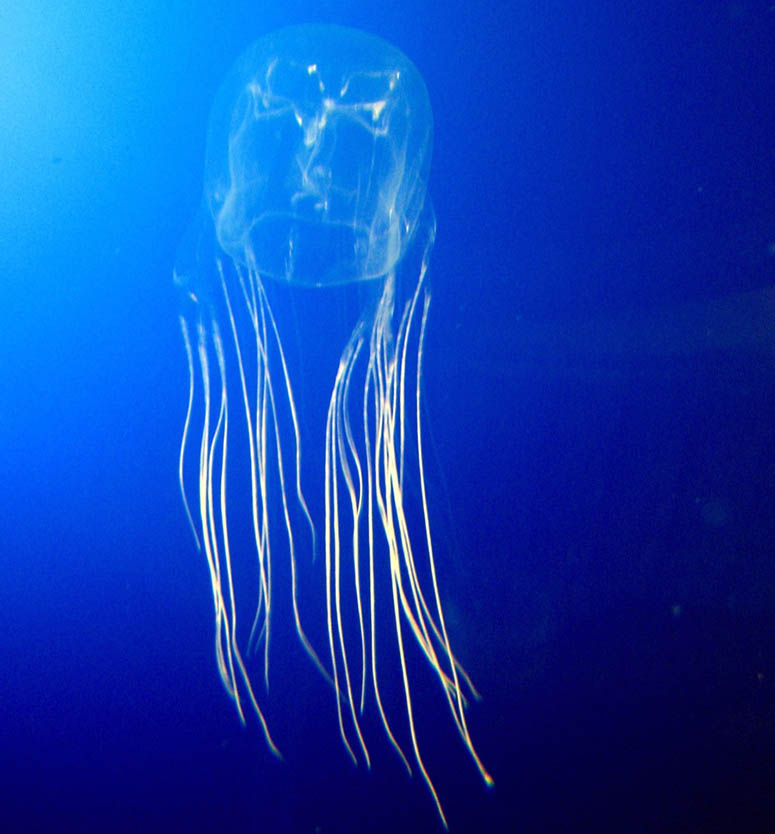

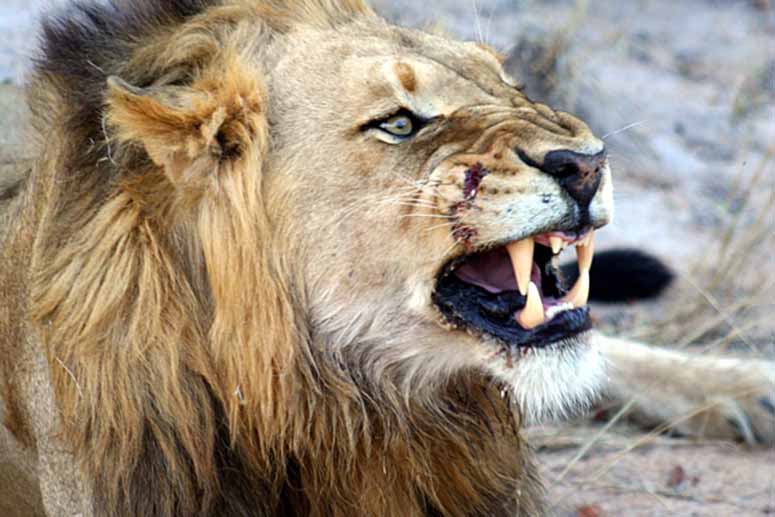

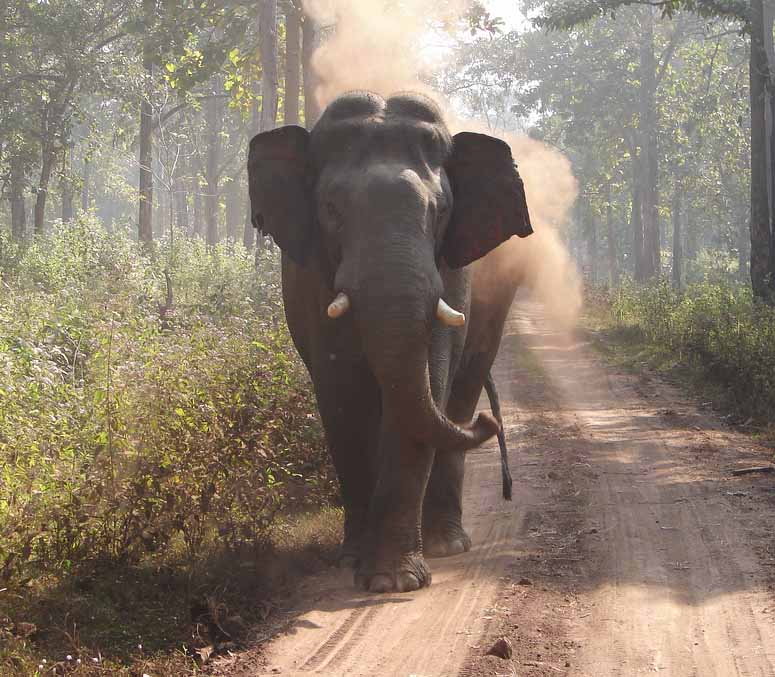
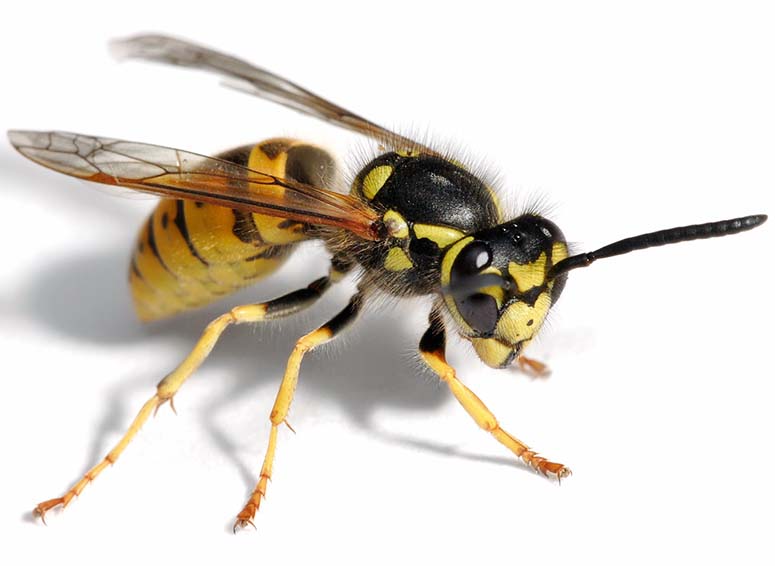
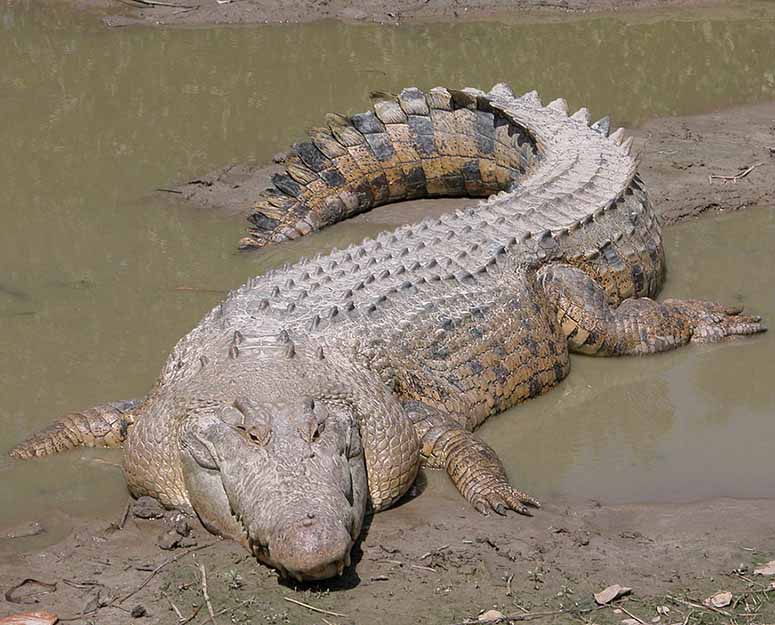
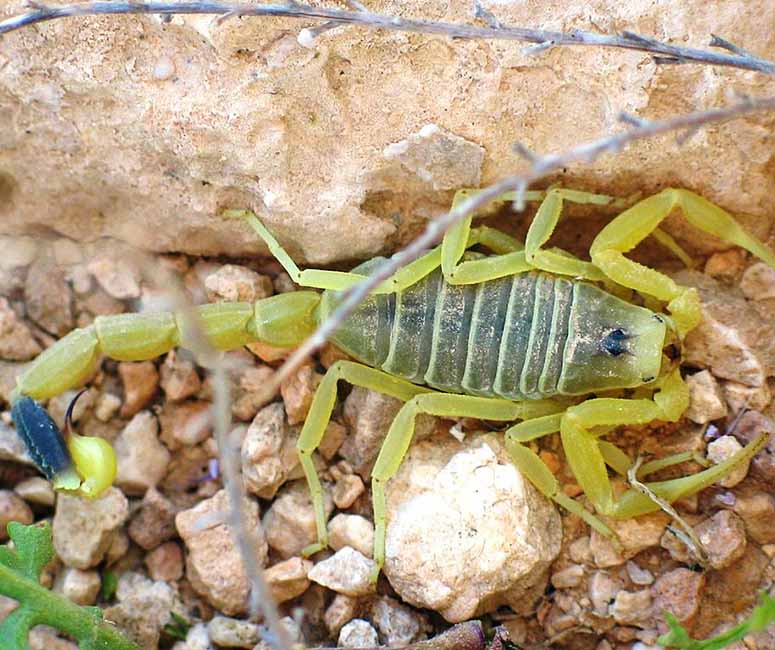
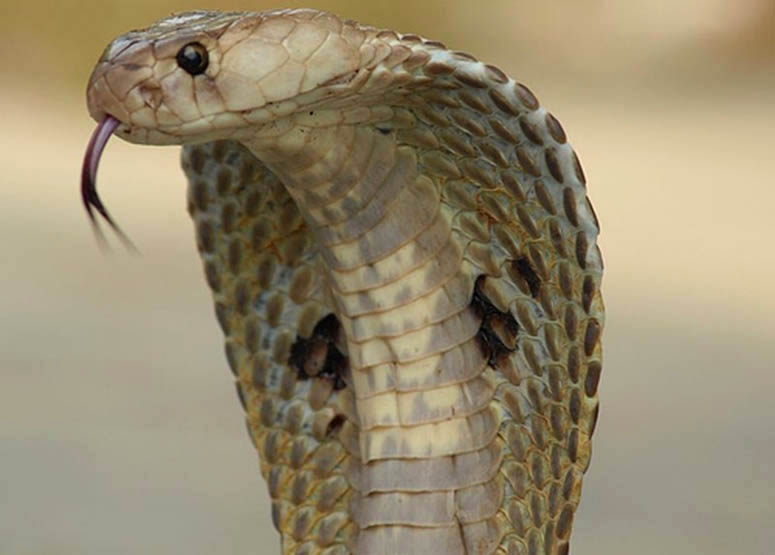







No comments:
Post a Comment